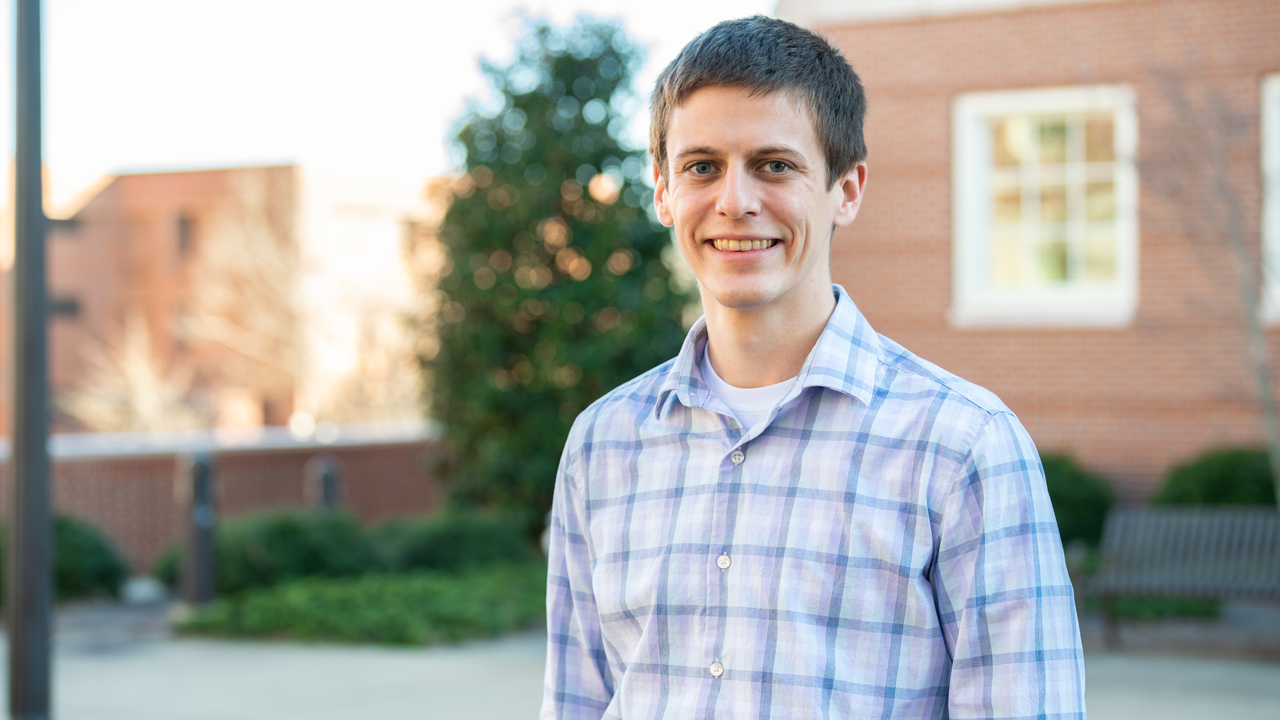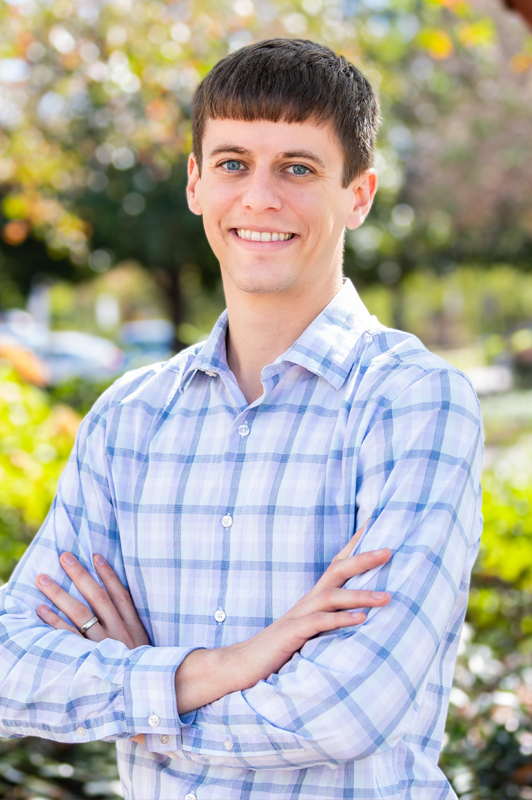Chemical engineering professor explores colloidal supraparticles with NSF grant
Published: Aug 19, 2022 4:00 PM
By Virginia Speirs
Assistant professor of chemical engineering Michael Howard received a three-year grant from the National Science Foundation to investigate new strategies for making colloidal supraparticles, a soft material useful for applications ranging from catalyzing chemical reactions to creating brilliant structural coloration. The grant, entitled “NSF-DFG Confine: Drying-induced assembly of colloidal supraparticles from anisotropic nanoparticles,” was awarded more than $270,000.
This is a collaborative grant with Johannes Gutenberg University Mainz in Germany, where Howard’s collaborator, Arash Nikoubashman, will additionally receive approximately €180,000 from the Deutsche Forschungsgemeinschaft, or DFG, German Research Foundation.
A supraparticle is a micrometer-sized sphere consisting of many much smaller nanoparticles. According to Howard, the supraparticle packages and enhances the functionality of the nanoparticles into larger materials that are easier to handle.
“My research uses computer simulations and statistical mechanics to understand and design soft materials such as nanoparticles, polymers and composites,” Howard said. “An important focus for me is on ‘out of equilibrium’ problems where thermodynamic and transport effects compete to determine the material’s properties after processing.”
Supraparticles are usually made by creating a liquid droplet containing nanoparticles, then drying the droplet to concentrate the nanoparticles until they form the solid supraparticle. This process is not well understood, particularly for the more complex nanoparticles that are most exciting for realizing highly tuned supraparticles.
The challenge is that the nanoparticles must self-assemble into a supraparticle while they are confined inside the droplet, which is simultaneously shrinking as it dries. The ultimate goal is to enable researchers to engineer and create new supraparticles in the laboratory, Howard said.
Howard and his colleagues plan to develop two new models for this process, then apply them to understand how different types of nanoparticles can be used to make supraparticles. The models will create a new fundamental understanding of the confined processes by which supraparticles are fabricated.
A unique aspect of this project is that it is jointly supported by both the National Science Foundation and the DFG.
“Being part of an international team will be both a great scientific environment and an amazing professional experience for the student researchers involved,” Howard said. “As part of the project, we have planned research visits to Germany to work in-person with our collaborators, which is also an exciting cultural opportunity for the Auburn team.”
Media Contact: , cmontgomery@auburn.edu, 334-844-3668
Michael Howard is an assistant professor of chemical engineering at Auburn University


